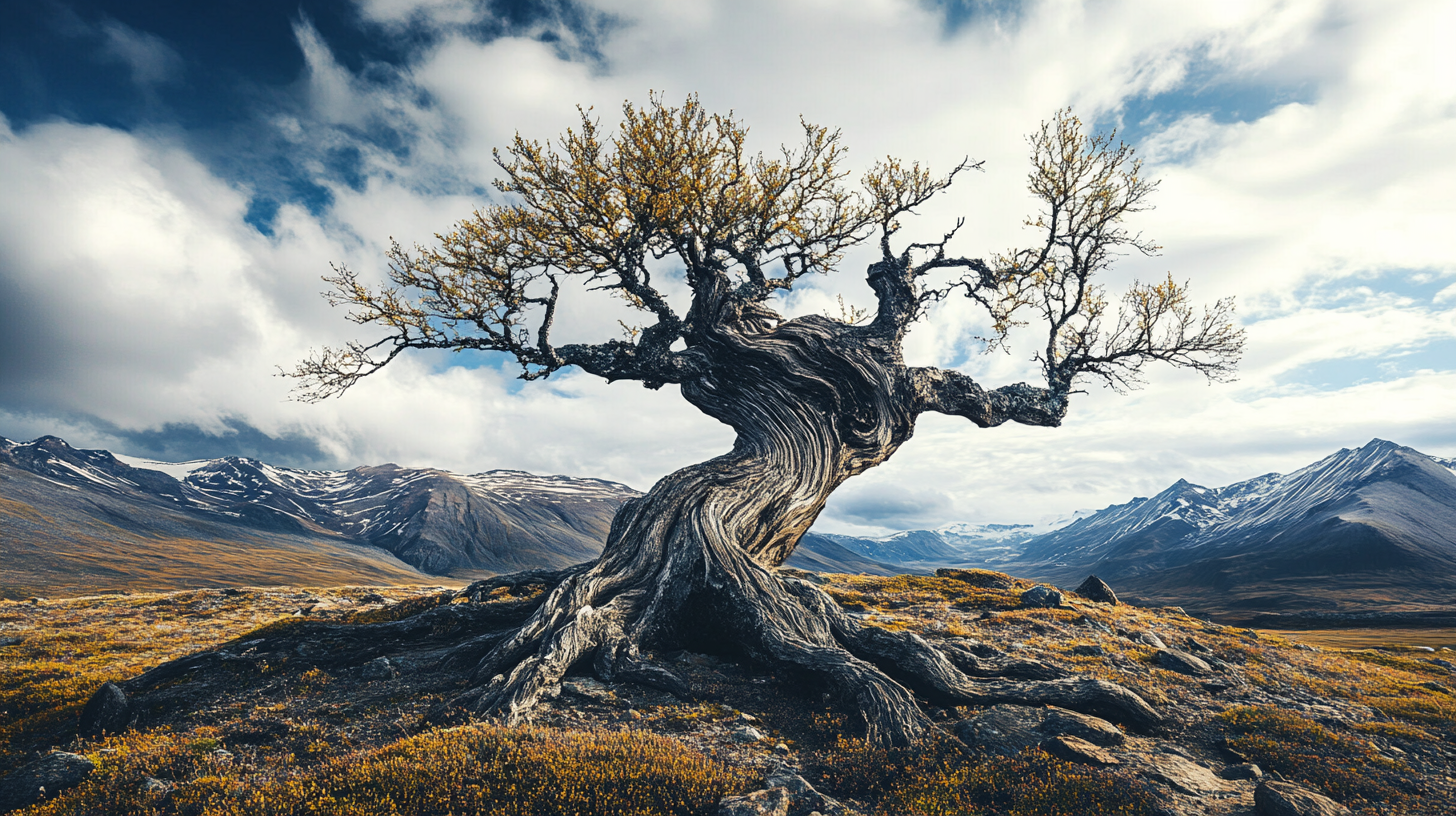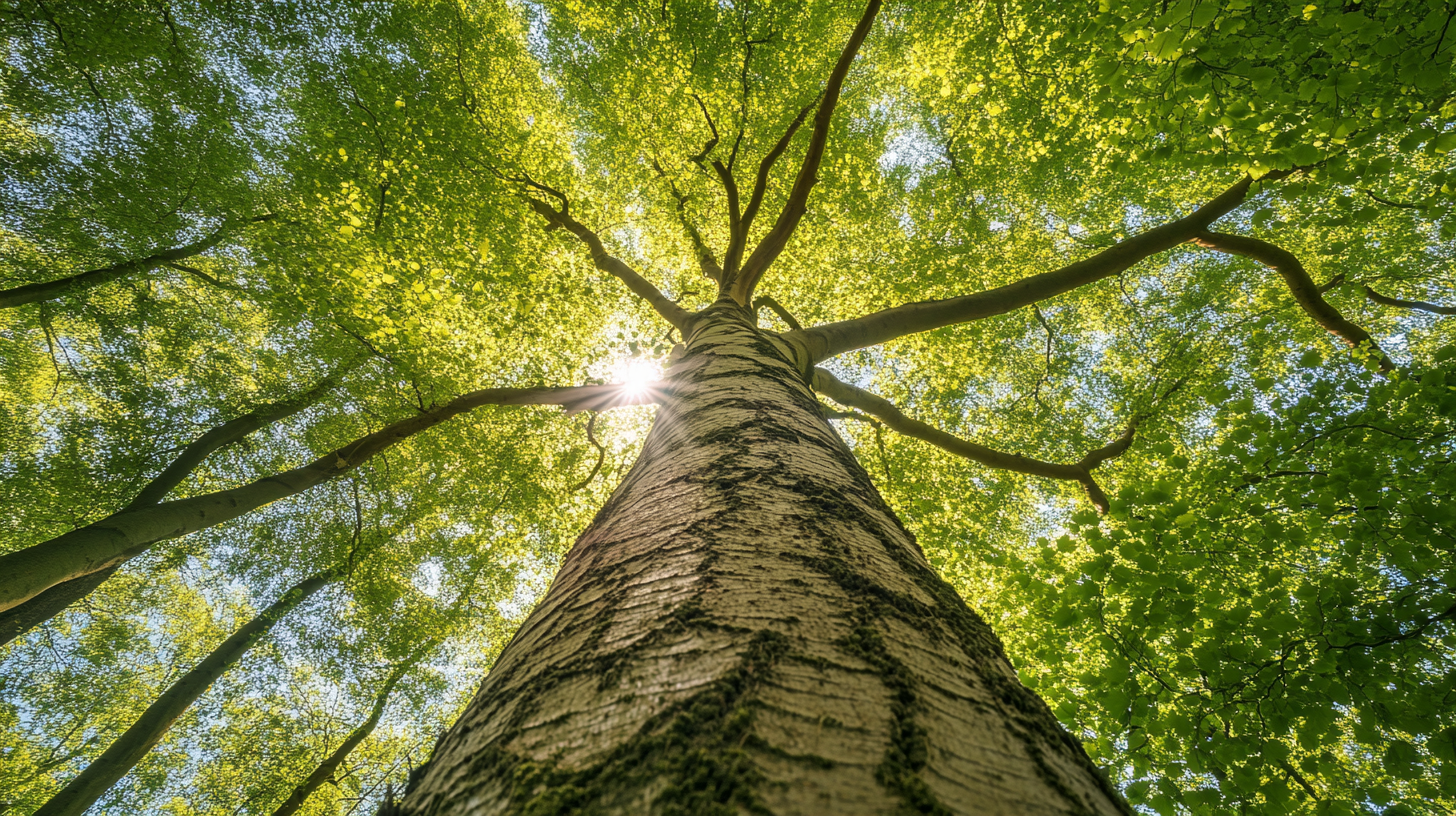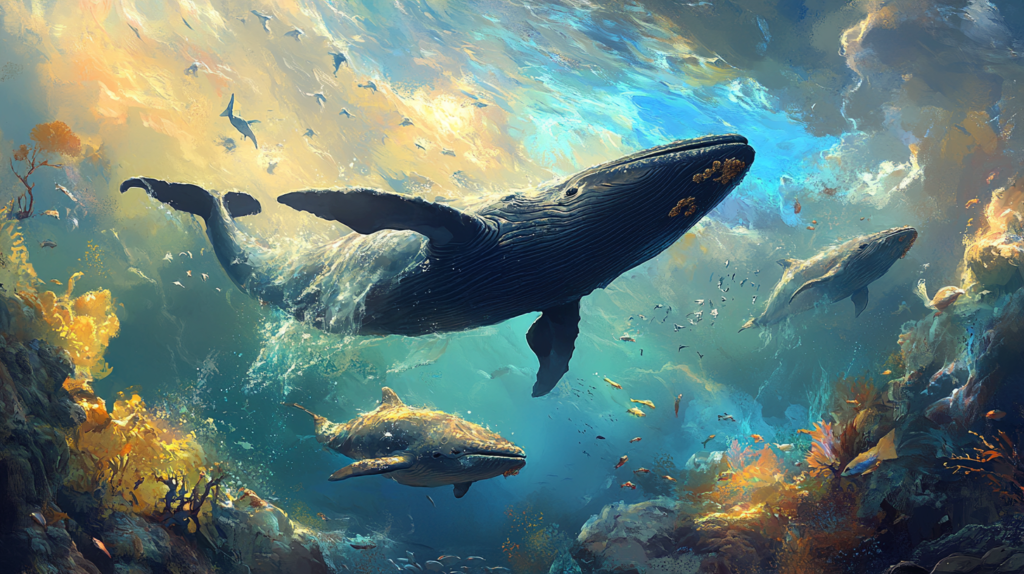
Whales, graceful and puzzling, were the real kings of the sea. For generations, people have been amazed by these ocean dwellers, but the giants of the sea and their echos are far more important than their size. However, aside from their beauty, whales are not only beautiful creatures that swim in the ocean; they are essential in maintaining the ocean’s ecosystem and, therefore, the entire planet. Nevertheless, how do these animals aid nutrient cycling, marine biodiversity, and carbon capture? So, let’s jump in.
Whales: The Unsung Engineers of the Ocean

There is a species known as an “ecosystem engineer” that directly alters its habitat and impacts the function of the entire ecosystem. They build dams, and beavers do it. Elephants traverse the forests, downing them, and then there are whales, which do it in ways you least expect. In feeding, whales dive deep and then surface to breathe, stirring up the ocean waters and carrying nutrients from the deep waters to the surface.
This vertical movement is also referred to as the whale pump. Combined with the downwelling, it brings nutrients to the surface waters and encourages the growth of phytoplankton, the microscopic plants at the bottom of the marine food web. In their daily activities, whales should be regarded as farmers who enrich the ocean with food that other organisms can feed on.
The Whale Pump: A Fertilizer Factory in the Ocean
Therefore, how does this ‘whale pump’ work? It boils down to one unglamorous but vital element: Whale poop. Yes, you read that right. Whales are rich in iron and nitrogen; they fertilize the ocean with their feces. These nutrients are then used by phytoplankton and, in turn, support fish, sharks, and other marine organisms.
More phytoplankton means more food for marine creatures, from krill to commercial fish species, such as tuna and salmon. But there is another, less obvious advantage: Phytoplankton absorbs carbon dioxide (CO₂) from the air. More phytoplankton means more CO₂ is removed from the atmosphere and contributes to fighting climate change. Could it be that a whale has a silent role in the fight against global warming?
Whales: The Ultimate Carbon Capture Machines
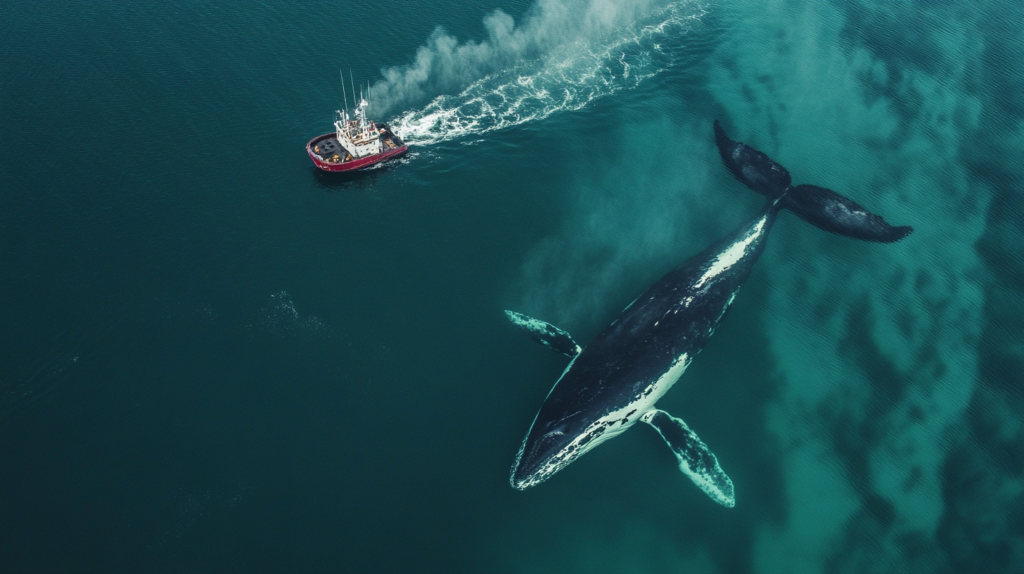
Not only do whales help phytoplankton production, which in turn helps fight climate change, but they are also walking (or rather, swimming) carbon banks themselves. In their lifetime, whales accumulate enormous amounts of carbon in their bodies, and when they die and sink to the ocean floor, known as a whale fall, they take all that carbon with them and lock it away for centuries.
This is a natural carbon sequestration process, and hence, whales are an important part of the climate puzzle. For example, a single great whale can contain as much carbon in its body as was sequestered by thousands of trees over its lifetime. If whale populations were to return to pre-whaling numbers, the oceans would then be one of the most effective carbon sinks on the planet.
Whales and Biodiversity: The Lifeblood of Marine Ecosystems
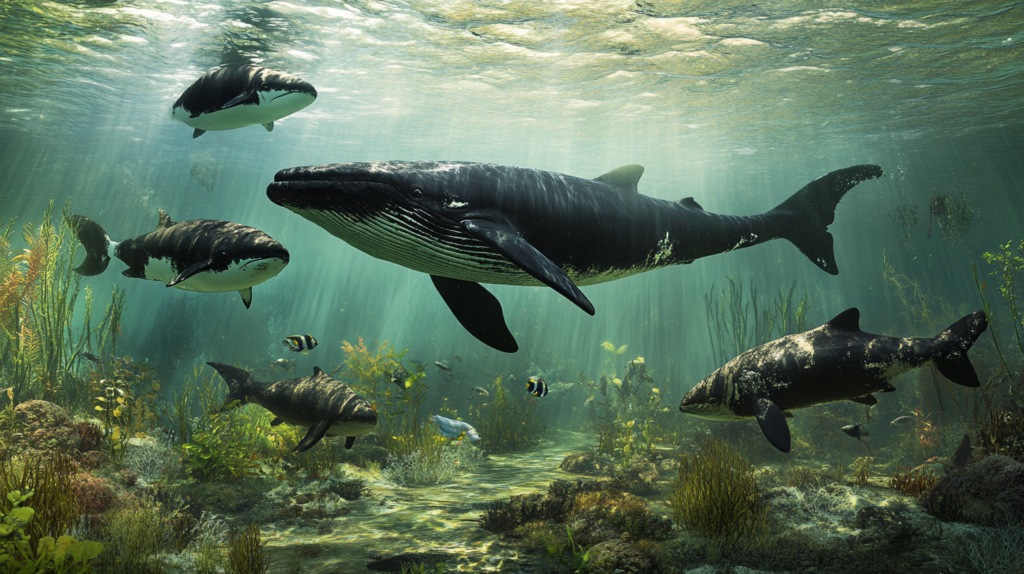
Not only do whales impact the physical environment, but they also affect entire food webs in often unnoticed ways.
- Food Source for Other Species: When whales die, their carcasses sink to the sea floor and become a feast for deep-sea creatures. Some scavengers, such as hagfish, crabs, and even sharks, feed on the remains, and for some species, whale falls have been a food source for decades.
- Migration and Nutrient Highways: Whales swim miles back and forth, carrying nutrients through different areas. Whether feeding in nutrient-rich polar waters or giving birth in tropical seas, whales carry critical elements supporting a wide range of marine organisms.
- Fish Populations Thrive: Research shows that whale conservation directly benefits fisheries. Since phytoplankton blooms support small fish, and small fish support larger predators, protecting whales could mean more fish for human consumption.
The Decline of Whales and Its Ripple Effect

However, because of their importance, the populations of whales have been reduced to near extinction by human activities. Industrial whaling during the 19th and 20th centuries almost wiped out the whale population, and although commercial whaling is now, for the most part, prohibited, the following threats are still present:
- Ship Strikes: An increasing number of whale deaths is attributed to collisions with massive cargo ships.
- Entanglement in Fishing Gear: Every year, thousands of whales choke to death after being caught in fishing nets and lines.
- Ocean Noise Pollution: Ships’ and underwater drilling sonar harm whales, interfering with their communication and affecting their feeding and sexual behaviors.
- Climate Change: Changes in ocean temperature and currents affect whales’ migration patterns and food habits.
Every lost whale brings less nutrients to the ocean, which means less phytoplankton and less carbon sequestration. The ripple effects of whale population decline can be felt throughout the entire marine ecosystem and even in our atmosphere.
Saving the Whales: A Global Imperative

However, what exists of sea turtles in the world’s oceans is still facing many threats, and so, what can be done to protect these magnificent ocean giants and, by extension, our planet’s health? It is already possible to speak about the effectiveness of the conservation efforts:
- Marine Protected Areas (MPAs): These areas allow the creatures to live and travel without fear of humans. They are also a great way of avoiding fatal ship strikes. By avoiding bycatch and using whale-safe fishing gear, the number of accidental whale deaths can be greatly decreased.
- Whale watching tourism: Properly handled whale tourism is informative and helps raise funds for the conservation and protection of whales, which are more valuable alive than dead.
For example, people can also assist by contributing to the groups that are involved in protecting whales, reducing plastic exposure and spreading awareness on the role of whales in our world.
Conclusion: The Future of Our Ocean Giants

Not only are whales the gentle giants of the sea, but they are ecosystem engineers, climate warriors, and biodiversity champions, working silently to keep our oceans and our planet healthy. That means that protecting them is not only an environmental concern; it is necessary for the future of life on earth, and their survival is directly linked to our own. What if whales were to thrive again, their numbers rebounding, their oceanic ballet going unmarred? They bring life to the seas with every breath and dive they take. But these incredible creatures? We’re saving ourselves by saving them.
What You Can Do
To help protect whales and their vital role in ocean health? Here’s how you can contribute today:
- Support whale conservation organizations like Whale and Dolphin Conservation (WDC) and the International Whaling Commission (IWC).
- Reduce your carbon footprint—less CO₂ in the air means a healthier ocean.
- Choose sustainable seafood to protect marine ecosystems.
- Avoid single-use plastics that end up in the ocean.
- Share this article and make sure others know why whales matter.
We should ensure that these ocean giants continue to form the seas for future generations. When we save the whales, we might just save the world.
Read More – The Art of Camouflage: How Animals Disguise Themselves in Nature







